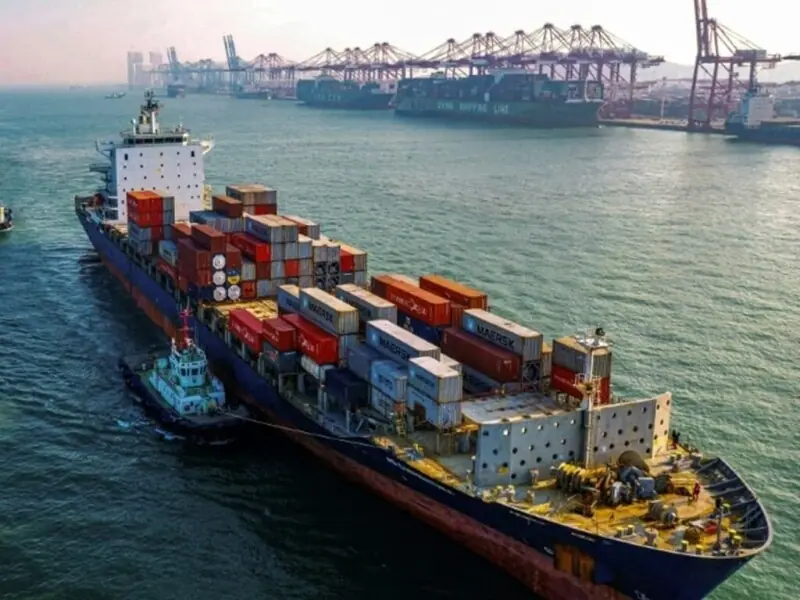The Ministry of Maritime Affairs has constituted a high-level, multi-agency committee to identify potential sites for the establishment of new deep-sea ports along Pakistan’s coastline.
In a statement issued on Thursday, the Federal Minister for Maritime Affairs Muhammad Junaid Anwar Chaudhry said the initiative forms part of his “Hundred Years Vision 2047–2147,” unveiled during the inauguration of National Maritime Week in Karachi earlier this month.
He announced that he would personally attend the first meeting of the 12-member committee scheduled for next week, marking the beginning of efforts to materialise his long-term vision of developing Port 1, Port 2, and Port 3 at strategic coastal locations.
To expedite the process, the committee will meet fortnightly and is tasked with submitting a comprehensive feasibility report, including technical findings, hydrographic maps, satellite data, and investment recommendations to the Ministry of Maritime Affairs within three months.
Pakistan announces multi-billion upgrade for Gaddani, new Green Ship Yard at Port Qasim
The committee comprises representatives from the Port Qasim Authority (PQA), Karachi Port Trust (KPT), Gwadar Port Authority (GPA), the Ministry of Maritime Affairs, the Special Investment Facilitation Council (SIFC), the Surveyor General of Pakistan, Hydrographer of Pakistan, and the governments of Sindh and Balochistan.
Its responsibilities include collecting and reviewing all relevant empirical studies, satellite imagery, and hydrographic surveys to identify and evaluate potential sites along the coastline for new deep-sea ports, port cities, shipyards, and energy hubs.
The committee will also analyse hydrographic, oceanographic, and environmental conditions to assess the feasibility of each proposed location. It will also examine connectivity requirements such as road, rail, and pipeline networks, and assess industrial linkages and logistics corridors to ensure long-term sustainability.
Additionally, the body will assess land availability, environmental sensitivity, security parameters, and proximity to major trade routes, recommending site dimensions, indicative layouts, and investment models for shortlisted locations. It will propose a phased development roadmap and establish a national framework for prioritising new port projects.
Coordination with provincial governments and relevant federal agencies will form an essential part of the committee’s mandate to ensure a unified national approach to maritime expansion and coastal management, the statement added.
Pakistan’s coastline spans over 1,024 kilometres from Sir Creek in Sindh to Jiwani in Balochistan, encompassing an Exclusive Economic Zone of approximately 240,000 square kilometres and a continental shelf of nearly 50,000 square kilometres.
According to the statement, Chaudhry noted that the Port Qasim Authority currently operates at about 65% capacity, Karachi Port Trust at 52%, and Gwadar Port between 5-10%.
“Projections indicate that all three ports could reach full operational capacity between 2035 and 2045 due to growing industrial activity, regional transit trade, and increased shipping volumes,” the minister said.
He warned that the anticipated surge in cargo movement, particularly from Afghanistan, the Central Asian Republics, and potential transhipment traffic from the Gulf and East Africa, could lead to serious congestion at existing ports.
To address these challenges, the minister envisioned establishing three to four new deep-sea ports.


